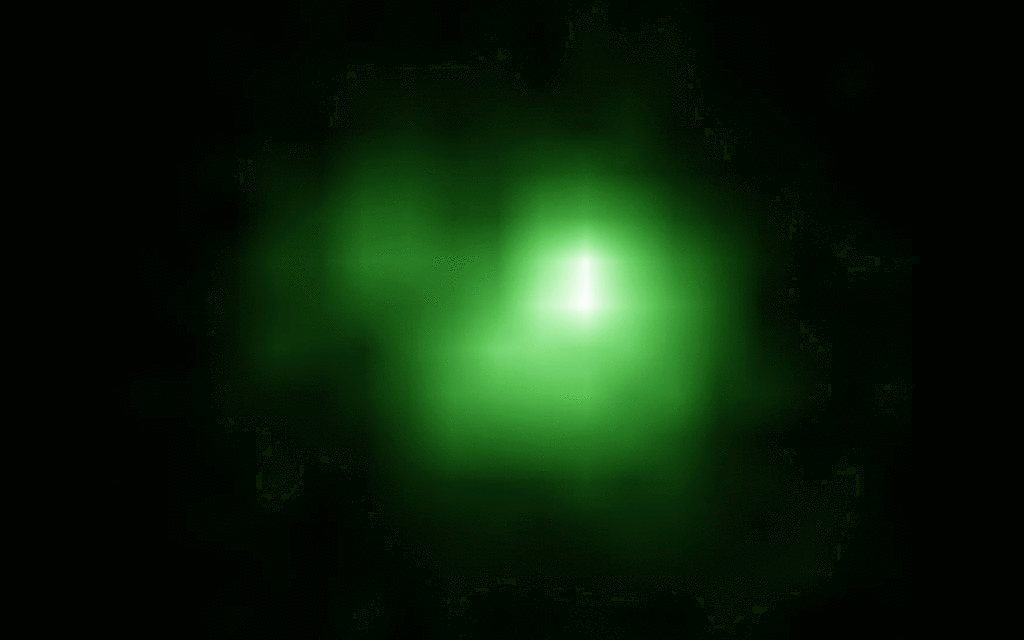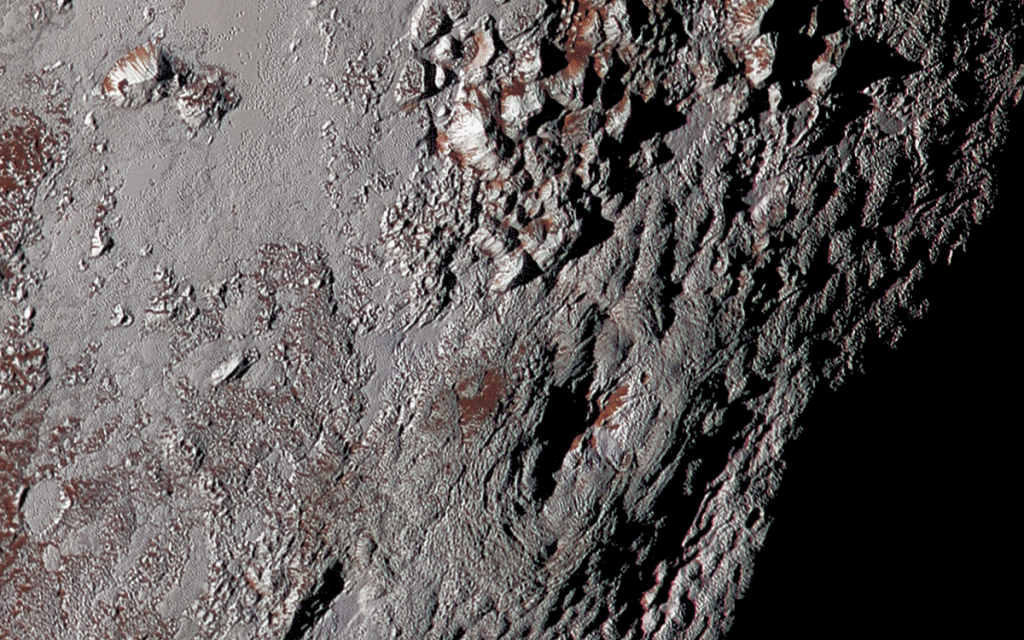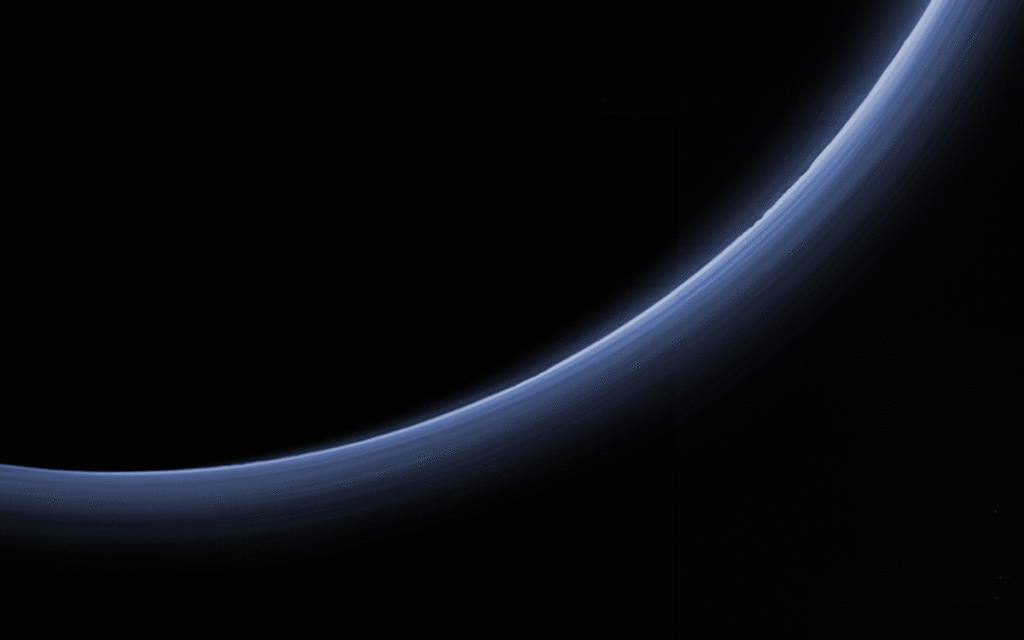The best photos of space for the week (01/11/17/01)

A lot of interesting things happened this week. Space continues to delight us with interesting news and spectacular photos. For the benefit of mankind, there are many space stations, telescopes and other systems that constantly send hundreds of photographs of objects of near and far space.
And we have the opportunity to admire all this. This week there are new photos that deserve special attention. Of course, there are a lot of them, and in this post - only a fraction of the whole mass of excellent pictures. Well, let's get started.

Photo: ESA / Hubble & NASA, Acknowledgment: Judy Schmidt
NGC 3697- the product of the collision of two large enough galaxies. Now NGC 3697 is gradually evolving, turning into a giant elliptical galaxy. Astronomers were given the opportunity to study the evolution of elliptical galaxies, which are quite numerous in the Universe.

Scientists working with the GRAVITY tool got the opportunity to take a closer look at the bright, young stars from Trampezium Cluster. These stars are located in the star-forming region of Orion. Scientists received a gift - one of the components of the cluster (Theta1 Orionis F) is a double star. The background image was obtained using the Very Large Telescope , an ISAAC instrument (Infrared Spectrometer and Camera Array).

This is a photograph of the compact galaxy J0925 + 1403, which emits unexpectedly large amounts of ionizing particles. The discovery confirmed the theory that galaxies like this cause the Universe to heat up 13 billion years ago; they played an important role in the formation of the young Universe.

The New Horizons probe recently sent a high-quality image of the surface of Pluto, taken on July 14 last year. The distance at that time from the station to the planetoid surface was 48 thousand kilometers. The picture was taken using tools such as LORRI (Long Range Reconnaissance Imager) and MVIC (Ralph / Multispectral Visible Imaging Camera).
Scientists believe that the cryovolcano may be visible in the picture. It is located in a region called Wright Mons. This terrain extends for about 150 kilometers, and its height is 4 kilometers. If this is really what it seems, then on Pluto it was possible to find the largest cryovolcano at the outer borders of the solar system.

The layers of Pluto's atmosphere are visible in this photograph (few people suspected that the planetoid has an atmosphere at all). Perhaps the haze is a photochemical smog formed by the action of sunlight on methane and other organic molecules of the atmosphere of Pluto.

Gorgeous photo of Saturn. One of his companions, Tethius (Tethys), is in the lower right corner of the photograph. The diameter of the satellite is about 1060 km. Thefia was discovered by Giovanni Cassini in 1684 and received the name of one of the titanids of Greek mythology. The apparent magnitude of Tefii is 10.2. The photo was taken from a distance of 2.6 million km from Saturn. The image scale is 16 km per pixel.
